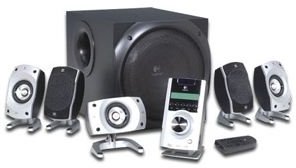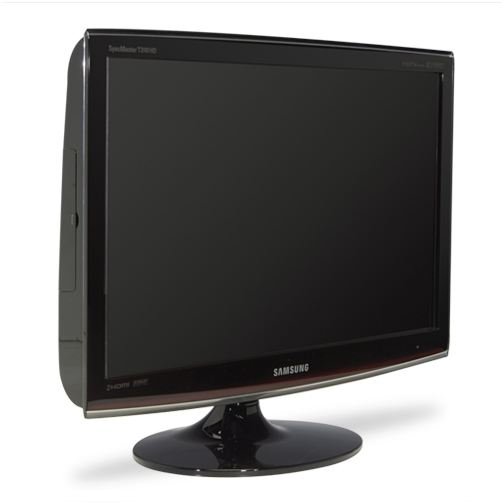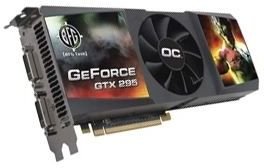How to Buy or Build a Multimedia Computer
The modern home desktop computer is designed to play many roles including movie theater, jukebox, and arcade. As the power of computers has risen and the prices dropped, home computer users have found new and entertaining ways to incorporate the computer into their daily lives.
Back in the late 1990s, the term “multimedia computer” referred to any computer that came equipped with a graphics card, sound card, speakers, and a large-screen monitor. Not much has changed for today’s definition of a multimedia computer except that together, the computer components are capable of so much more.
Choosing or building a multimedia desktop computer is a matter of assessing your needs and selecting computer components that match those needs. Before you begin buying a multimedia computer, think carefully about how you will realistically be using the computer and what you will need it to do. Below are some suggestions on the most important components to consider when building or buying a computer that will wear many hats. Learn how to choose the best components when choosing a multimedia computer.
Video Cards for a Multimedia Computer
Unless you will use a multimedia computer to listen exclusively to music, you will need a graphics card to get the most out of watching movies and playing video games. This is where you will need to make a decision on what kind of graphics you need.
Some onboard video options will work well if you only intend to watch videos. Avoid any integrated graphics by Intel, but ATI and Nvidia have motherboards with reasonable on-board GPUs. If you are going to be playing games no onboard video will be satisfactory, so you’ll want a video card that is compatible with DirectX 10. If you are using Windows 7 as your operating system platform, consider a video card that is DirectX 11 ready.
Two major manufacturers dominate the video card market: ATI and nVidia. The graphics card industry moves quickly with these two companies offering new cards to the market on a seemingly monthly basis. It is impossible to keep up and it would be unfair to say that ATI’s video cards are better than nVidia’s or the other way around.
Your best bet is to choose a video card that is just one or two steps down from the number one card now. When these manufacturer’s release a card to the market, they typically take advantage of the early adopters’ willingness to pay almost any price for bragging rights of ownership. If there is a video card you really want, wait a few months for the release of the next latest and greatest video card. More than likely, the price of the card will drop.
Choosing a Sound Card and Speakers for a Multimedia Computer

While onboard sound is sometimes adequate, you need a separate audio card to get the most out of movies, music, and video games. Luckily, sound cards are priced much lower than video cards with a decent mid-range card in the US$50 to US$120 range.
There is no doubt that Creative Labs’ Sound Blaster is the best known sound card brand on the market. However, Turtle Beach has made some impressive moves to de-crown the 800-pound gorilla.
When choosing a sound card, start will realistically evaluating what you will be using your multimedia computer for and what kind of speaker configuration you want. If you want the most out of your computer, consider a sound card that supports 5.1 or 7.1 surround sound. Of course then you will also need speakers that support 5.1 or 7.1 surround sound so be careful. A decent set of surround sound speakers can be quite pricey.
Still, many multimedia enthusiasts find that 2.1 speakers (two desktop speakers and one subwoofer) are enough to get the most out of multimedia computer. Remember that surround sound speakers may seem like a good idea, but you will need to mount those speakers around you to get the full effect. If you don’t have the space in your computer room for surround speakers, you may want to consider investing in a very high quality set of 2.1 speakers. Something in the 150 to 250-watt range is best.
HD Monitors, Displays, and Multimedia Computers

One area that gets little attention when building or buying a multimedia computer is selection of a monitor. Remember that the monitor plays a huge role in your enjoyment of watching movies and playing video games so don’t spend so much on the other components that you have little left over for a good display.
Today, there is no point in buying a 4:3 ratio monitor when 16:10 and 16:9 widescreen LCD monitors are priced so reasonably. In the US$200 to US$400 price range, you can easily find a nice 20-inch to 26-inch HD widescreen LCD monitor that will likely last you through your next two or three computers. Investment in a good HD monitor will more than pay for itself in terms of the enjoyment you get while using your multimedia computer for movies and video games.
Conclusion
Buying a good multimedia computer starts with an assessment of what you will need your computer to do. Audiophiles will want to spend more on a good quality sound card and much more on a nice set of speakers. Movie buffs and video gamers will want to spend more on a powerful graphics card and a large widescreen HD LCD monitor. Customizing your multimedia desktop computer to your needs is a sure way to ensure that you get the most enjoyment out of your computer. Relying too heavily on someone else’s concept of the best multimedia computer may disappoint.
